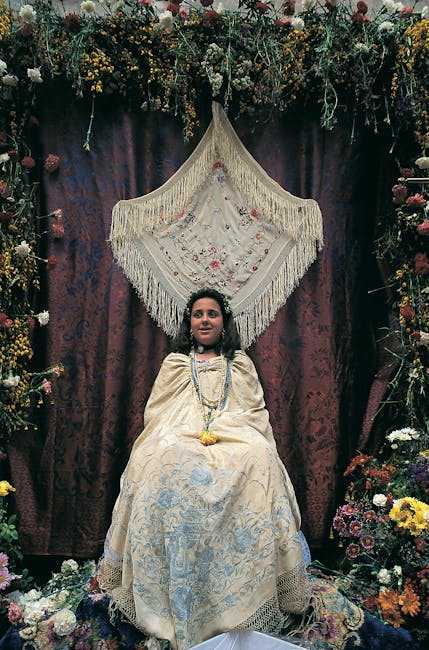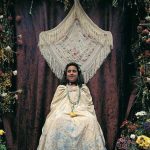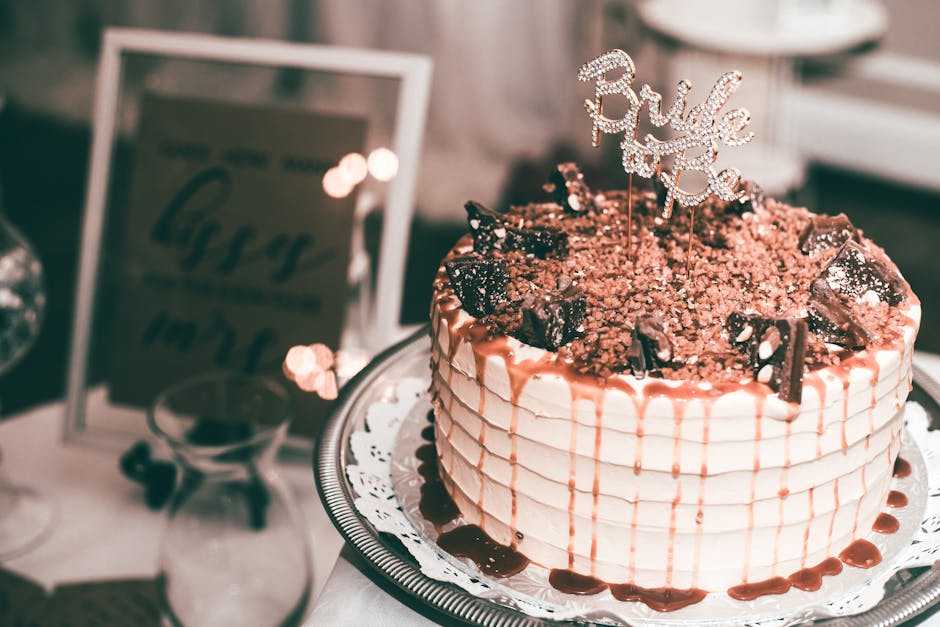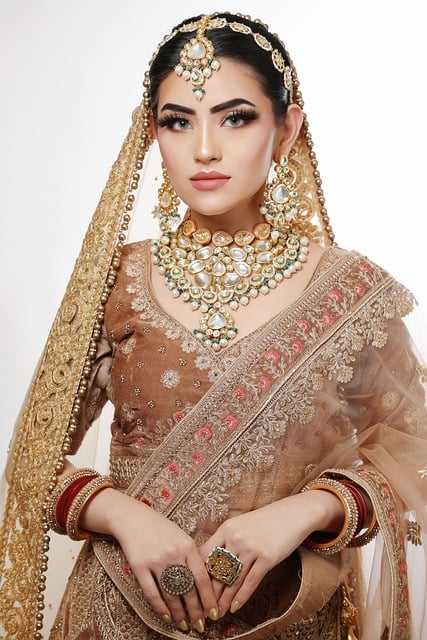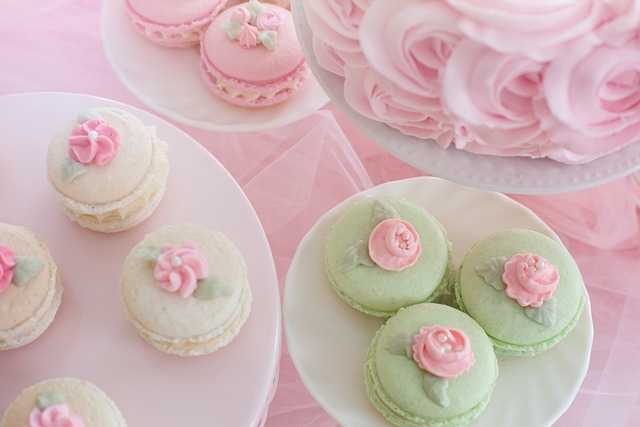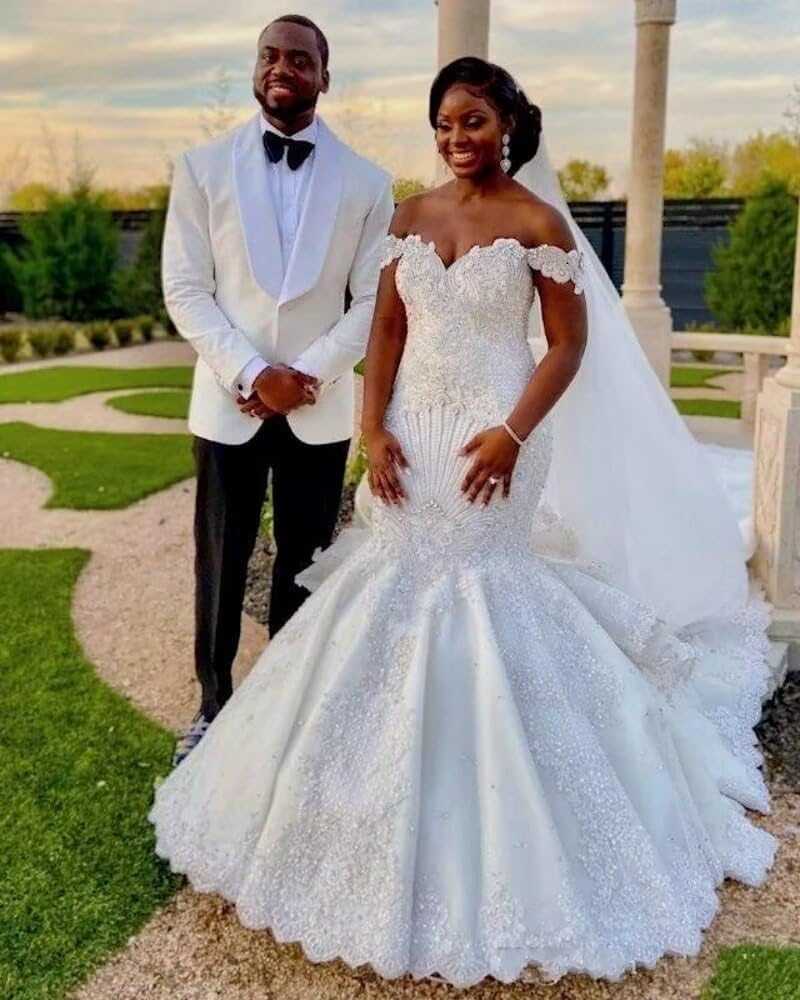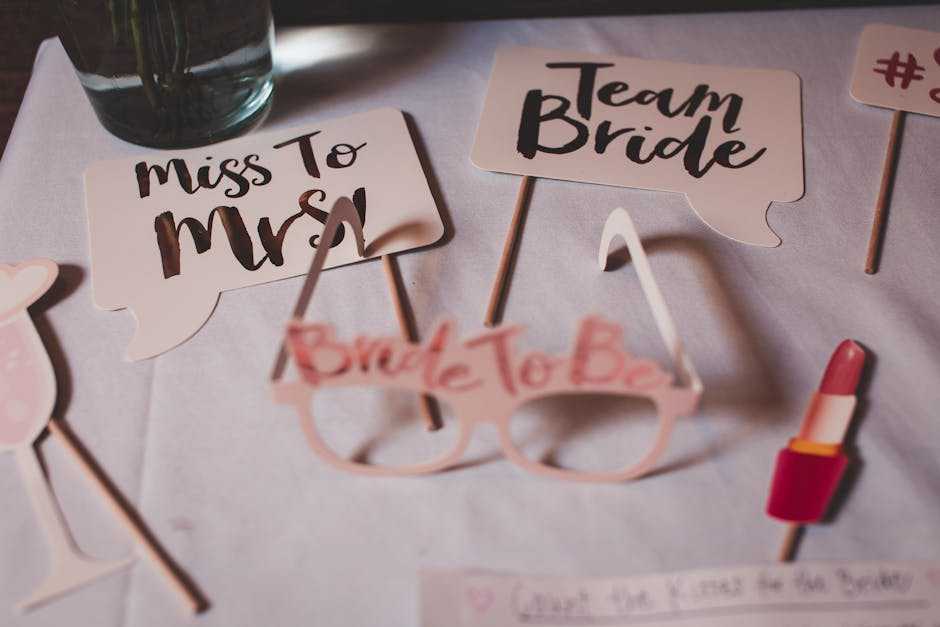Table of Contents
- Understanding the Cultural Significance of Bridal Traditions in Spanish-Speaking Countries
- Essential Vocabulary for Bridal Customs in Spanish
- Planning the Perfect Spanish Wedding: Key Elements to Consider
- Bridal Fashion in Spanish Culture: A Look at Traditional Attire
- Harmonizing Modern and Traditional Elements in Spanish Bridal Celebrations
- Q&A
- In Retrospect
Understanding the Cultural Significance of Bridal Traditions in Spanish-Speaking Countries
Bridal traditions in Spanish-speaking countries are rich and varied, reflecting deep cultural roots and diverse influences. Each tradition tells a story, often rooted in historical beliefs and values. Some key elements common to these cultures include:
- The Wedding Attire: The wedding dress holds particular significance, often symbolizing purity and new beginnings. In many regions, brides opt for white dresses, while others choose bright colors that represent joy and love.
- Ceremonial Rituals: Unique rituals, such as the Catholic “Lazo” (cord), symbolize the unification of the couple, showcasing the importance of marriage as a sacred bond.
- Food and Celebration: The reception is a grand affair, featuring traditional dishes that highlight regional flavors. Typical foods may include paella in Spain or tamales in Mexico, fostering a sense of community and cultural pride.
Family also plays a pivotal role in these celebrations, often guiding the rituals and enhancing their meaning. In many cultures, the family’s blessing is integral to the ceremony—highlighting the collective nature of marriage. For example, during the “arrhae” ceremony in Latin America, the groom presents thirteen coins to the bride, symbolizing his commitment to provide for the household. Additionally, joining together different religious practices, particularly when couples come from varied backgrounds, showcases the flexibility and adaptability of these traditions.
Modern influences have also begun to shape bridal customs as young couples seek to blend traditional practices with contemporary ideas. This fusion, while keeping core elements intact, allows for a more personalized experience that resonates with the couple and their families. Diverse manifestations can be seen through decisions regarding venue selections, entertainment choices, and even photography styles, making each wedding reflective of the unique identity of the couple while still honoring the cultural legacy that binds them. Over time, these evolving traditions continue to preserve the essence of a union founded on love and familial support.

Essential Vocabulary for Bridal Customs in Spanish
Understanding the key vocabulary related to bridal customs in Spanish can enhance your appreciation of various traditions and ceremonies. Here are some essential terms to know:
- Boda – Wedding
- Novia – Bride
- Novio - Groom
- Votos matrimoniales – Marriage vows
- Compromiso – Engagement
- Arras – Wedding coins, symbolizing prosperity
Bridal customs can vary greatly across different Spanish-speaking countries. For example, in Mexican culture, the lazo, which is a cord or rope, is used in the ceremony to symbolize unity. In Spain, it is common for the bride to wear a mantilla, a traditional lace veil. Here is a simple table highlighting these unique customs:
| Country | Custom | Description |
|---|---|---|
| Mexico | Lazo | A rope symbolizing unity placed around the couple. |
| Spain | Mantilla | A lace shawl worn by the bride, symbolizing tradition. |
| Argentina | La entrega del anillo | The ring exchange, representing a promise of love. |
Integrating these vocabulary words into your conversations or writings about bridal customs can deepen your understanding and appreciation for these cherished traditions. As you encounter these terms, consider how they might manifest in different cultural contexts and reflect the values and beliefs surrounding marriage in Spanish-speaking communities.
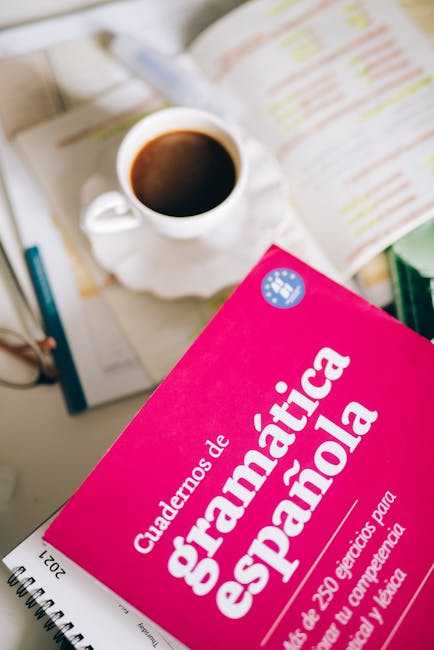
Planning the Perfect Spanish Wedding: Key Elements to Consider
When envisioning a traditional wedding in Spain, it’s essential to embrace the rich cultural heritage while also infusing personal touches that reflect the couple’s unique love story. From the stunning venues nestled in picturesque towns to vibrant floral arrangements that capture the essence of Spanish landscapes, each detail plays a crucial role in crafting an unforgettable day. Consider venues like old castles, charming churches, or seaside resorts to set the perfect backdrop for your celebration.
In addition to the venue, think about the culinary experience you want to provide for your guests. Spanish cuisine is renowned for its flavors, and incorporating local delicacies will undoubtedly impress. Include options like:
- Tapas: A variety of small plates that encourage mingling.
- Paella: A classic Spanish rice dish that can serve as a showstopper.
- Churros: For a sweet touch, offer these beloved Spanish pastries at the end of your feast.
Lastly, don’t forget the important cultural traditions that can enhance the wedding experience. Many Spanish couples incorporate elements such as the Arras, where the groom presents the bride with 13 gold coins symbolizing his commitment. Additionally, consider live music as an integral part of the celebration. From traditional flamenco dancers to engaging mariachi bands, the melody of Spanish music can elevate the atmosphere, inviting everyone to dance and celebrate your joy.
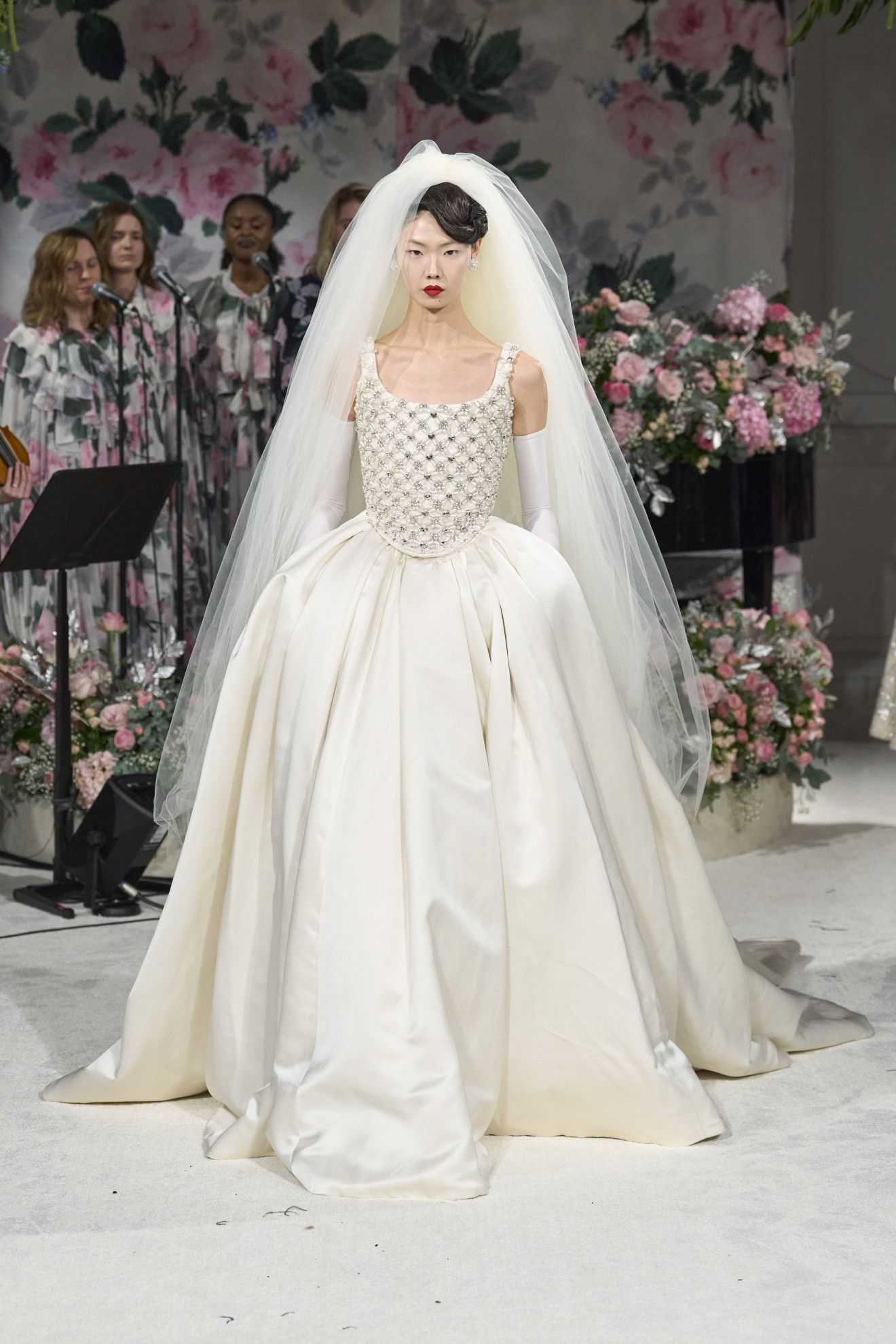
Bridal Fashion in Spanish Culture: A Look at Traditional Attire
Bridal fashion in Spanish culture is a vibrant tapestry woven with threads of history, tradition, and regional identity. Each region boasts unique styles, influenced by local customs and artistry. For many couples, embracing this heritage adds depth to their wedding celebrations. Traditional Spanish wedding attire often includes the “traje de flamenca”, a dress typically adorned with ruffles and vibrant colors, reflecting the lively spirit of Andalusian dance and culture.
Another staple of Spanish bridal fashion is the “mantilla”, a delicate lace veil that gracefully frames the bride’s face. Traditionally worn over the head and shoulders, this veil symbolizes purity and adds an elegant touch to the overall ensemble. Here are some key elements often featured in traditional Spanish bridal attire:
- Flamenco-inspired dresses – Known for their vibrant colors, ruffles, and intricate embroidery.
- Mantillas – Luxurious lace veils that complete the bride’s look.
- Customized accessories – Often incorporating family heirlooms or culturally significant pieces.
- Regional variations – Each area, from Catalonia to Galicia, showcases distinct styles and fabrics.
Moreover, the significance of color in bridal attire cannot be overstated. While white has become increasingly popular, many brides opt for rich hues like red or blue, which hold cultural significance and represent different virtues. Below is a simple table illustrating the meanings behind some popular colors in Spanish bridal fashion:
| Color | Symbolism |
|---|---|
| White | Purity and new beginnings |
| Red | Passion and love |
| Blue | Faithfulness |
| Green | Hope and growth |
The celebration of traditional bridal attire in Spanish culture not only pays homage to the past but also allows modern brides to express their individuality while cherishing their roots. Whether through elaborate designs or meaningful rituals, these garments continue to tell the story of love, community, and cultural pride throughout Spain.
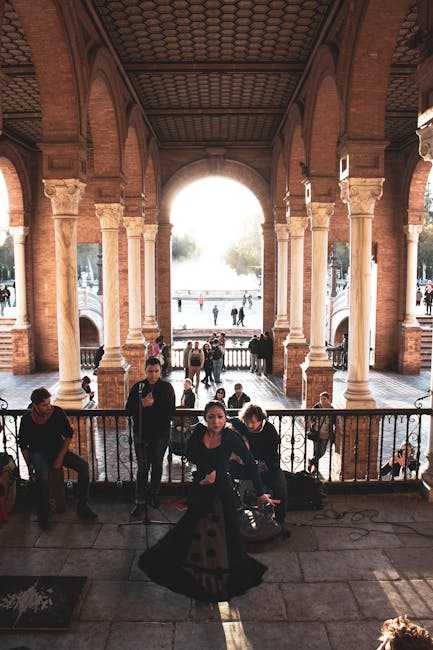
Harmonizing Modern and Traditional Elements in Spanish Bridal Celebrations
In the vibrant tapestry of Spanish bridal celebrations, a remarkable blend of modernity and tradition unfolds, creating an enchanting atmosphere that captivates everyone in attendance. Couples today are finding innovative ways to incorporate timeless customs alongside contemporary trends, resulting in a wedding experience that honors their heritage while embracing the spirit of the times. Elements such as traditional wedding attire and modern floral arrangements beautifully illustrate this harmonious fusion, allowing brides and grooms to express their individuality within a framework of cultural significance.
A key aspect of many Spanish weddings is the “lazo,” a ceremonial shawl or cord, which symbolizes the union of the couple. While this custom remains unchanged, couples are now reimagining it by choosing vibrant colors and unique fabrics that reflect their personal style. Additionally, the incorporation of live music and traditional dance, such as flamenco, is often fused with modern genres to enhance the celebration. This creative approach not only pays homage to the past but also engages guests in a lively celebration of love.
| Traditional Element | Modern Twist |
|---|---|
| Traditional Wedding Attire | Custom designs with bold colors |
| Floral Arrangements | Eco-friendly blooms and designs |
| “Lazo” Ceremony | Diverse materials and styles |
| Traditional Music | Fusion with modern dance beats |
As Spanish brides and grooms navigate the landscape of wedding planning, they often discover the enchantment of contrasting elements. The choice of venues, for instance, reflects this ethos: rustic settings may host extravagant décor, while modern spaces are often adorned with traditional touches. This creative duality allows couples to celebrate their love story in a way that is uniquely theirs, forging a connection between generations while carving out their narrative for the future. Ultimately, the celebration becomes not just a union of two individuals but a vibrant tapestry that weaves together the past and present.
Q&A
Q&A: Understanding “Bridal” in Spanish
Q1: What is the Spanish word for “bridal”?
A1: The Spanish word for “bridal” is “nupcial.” This term is often used to describe anything related to weddings or marriage, such as attire, ceremonies, and celebrations.Q2: How is “nupcial” used in sentences?
A2: “Nupcial” can be used in various contexts in Spanish. For example, “El vestido nupcial” translates to “The bridal dress.” Similarly, “decoración nupcial” means “bridal decoration.” Using the word this way helps convey the essence of wedding-related topics.Q3: Are there other related terms in Spanish that I should know?
A3: Yes, there are several terms related to weddings in Spanish! Here are a few notable ones:- Boda: Wedding
- Novia: Bride
- Novio: Groom
- Matrimonio: Marriage
